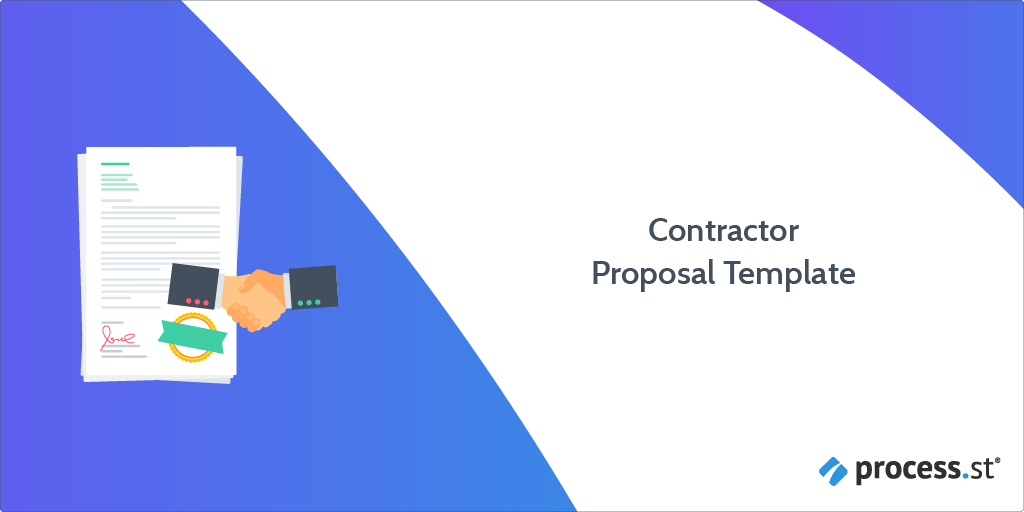A contractor proposal is a written outline of the project that’s to be completed by the contractor.
The goal for any contractor proposal is to introduce yourself, highlight your services, describe the costs, and convince the client that you are the right one to trust for the job.
This 'Contractor Proposal Template' checklist covers the high-level items that every general contractor proposal should include. Use it alongside the proposal document you plan to submit to make sure you include information such as resources needed, estimated costs, past experience, and payment schedules.
Process Street is super-powered checklists. It’s the easiest way to manage your recurring tasks, procedures, and workflows.
Create a checklist template and run individual checklists for each member of your team. You can check tasks off as you work through them, set deadlines, add approvals, assign tasks, and track each team member's progress.
You can also connect to thousands of Apps through Zapier and automate your workflows even more.






